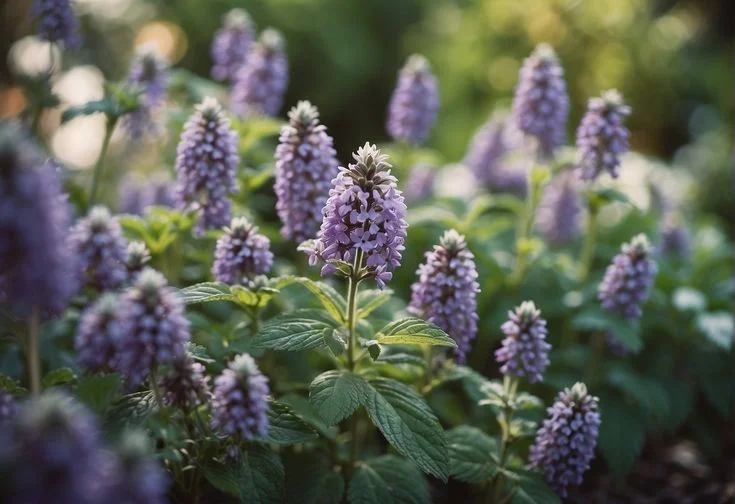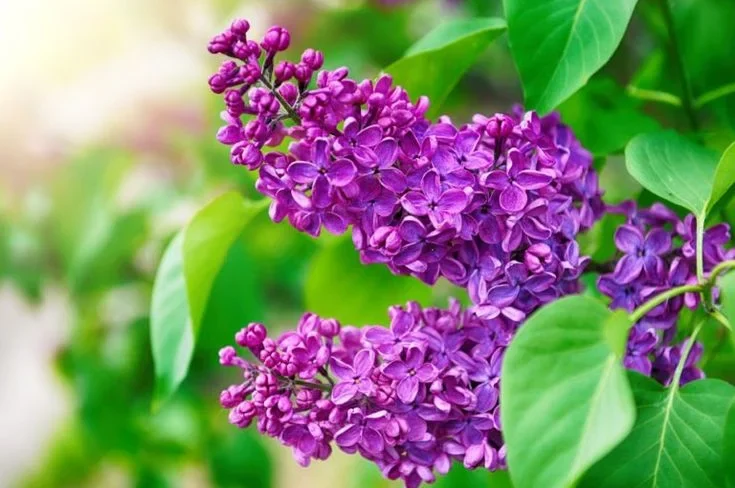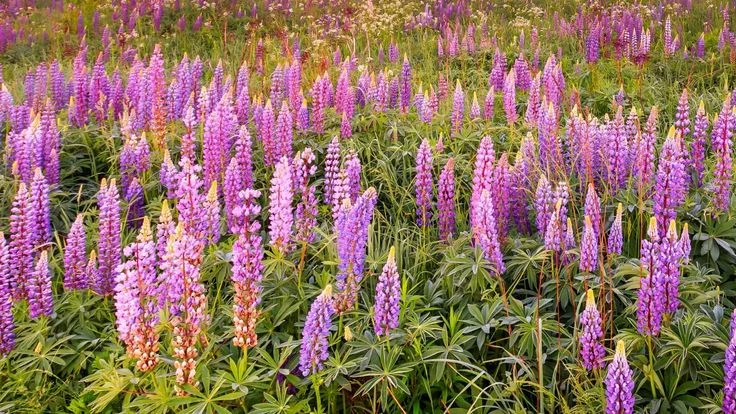When it comes to versatile herbs, the purple flowering mint plant stands out for both its ornamental beauty and health benefits. Known for its vibrant purple blooms and refreshing aroma, this herbaceous plant is a wonderful addition to any garden or home space. Not only does it attract pollinators, but it also provides a range of medicinal and culinary uses.
In this guide, we will explore the full potential of the purple flowering mint plant, from its unique characteristics to practical growing tips, and how you can maximize its benefits in your daily life.
Understanding the Purple Flowering Mint Plant

It belongs to the Lamiaceae family, which includes other well-known herbs like basil, rosemary, and lavender. Its most striking feature is the cluster of small, vibrant purple flowers that bloom on tall stems. These blossoms not only add beauty but also create a fragrant environment that draws bees, butterflies, and hummingbirds.
Moreover, the plant thrives in a variety of climates, making it easy to cultivate for both beginners and experienced gardeners. Its hardy nature ensures that it adapts well to different soil types while maintaining its lush growth.
Benefits of the Purple Flowering Mint Plant
1. Medicinal Properties
One of the biggest advantages of the plant is its healing potential. Traditionally, it has been used to ease digestion, reduce headaches, and calm stress. The menthol compounds present in the leaves provide a soothing effect, making it useful in herbal teas and natural remedies.
2. Aromatherapy and Relaxation
Because of its refreshing aroma, the purple flowering mint plant is widely used in aromatherapy. The scent helps uplift mood, promote relaxation, and reduce fatigue. In fact, many essential oil blends include mint because of its calming yet invigorating fragrance.
3. Culinary Uses
This plant isn’t just pretty it’s also practical in the kitchen. Its leaves can be used fresh or dried to flavor teas, salads, sauces, and desserts. The purple flowering mint plant adds a unique twist to dishes, combining both beauty and taste. Moreover, it’s an excellent choice if you’re planning to design a vibrant garden, as highlighted in this guide on plants for flower beds.
4. Garden Enhancement
Besides health and culinary uses, the plant enhances your garden’s appearance. Its purple blooms contrast beautifully with green foliage, creating a vibrant and lively atmosphere.
How to Grow the Purple Flowering Mint Plant

Growing this plant doesn’t require advanced gardening skills. With the right conditions and care, you can enjoy its lush growth and striking flowers year after year.
Choosing the Right Location
The purple flowering mint plant loves sunlight. Choose a spot that receives at least 6–8 hours of direct sunlight daily. However, partial shade can also work in warmer climates.
Soil Preparation
Well-draining soil enriched with organic compost is ideal. While the plant can tolerate different soil types, it thrives best in slightly acidic to neutral pH levels.
Watering Needs
Consistent moisture is key, but avoid waterlogging. Overwatering can lead to root rot, so allow the topsoil to dry slightly before watering again.
Fertilization
A balanced organic fertilizer applied once a month during the growing season will keep the plant healthy and promote abundant flowering.
Caring for the Purple Flowering Mint Plant
Caring for this herb is relatively easy once it is established.
-
Pruning: Trim back the plant regularly to encourage bushier growth and prevent legginess.
-
Pest Management: Although generally resistant to pests, keep an eye out for aphids and spider mites. Natural sprays or neem oil can help.
-
Winter Care: In colder regions, mulch around the plant to protect the roots from frost. Alternatively, grow it in pots to bring indoors during winter.
With these care practices, the purple flowering mint plant will remain vibrant and flourishing throughout the year.
Companion Planting and Pollinator Attraction
One remarkable aspect of this herb is its ability to attract pollinators. The flowering mint plant naturally draws bees, butterflies, and hummingbirds, enhancing biodiversity in your garden. Additionally, it works well as a companion plant, keeping away certain pests while supporting the growth of nearby vegetables and herbs.
Health Benefits of Consuming Purple Flowering Mint Plant
Adding this plant to your diet can provide several health advantages:
-
Boosts Digestion: Helps relieve bloating, indigestion, and stomach cramps.
-
Reduces Stress: Herbal tea from its leaves offers relaxation and better sleep.
-
Strengthens Immunity: Rich in antioxidants that help fight free radicals.
-
Freshens Breath: Its natural oils provide a refreshing effect on the mouth.
These qualities make it an excellent addition to natural health routines.
Ways to Use Purple Flowering Mint Plant

-
Herbal Teas: Brew fresh or dried leaves for a refreshing cup.
-
Cooking Ingredient: Chop leaves into salads, soups, and sauces.
-
Essential Oils: Extract the oils for aromatherapy or massage blends.
-
Decorative Bouquets: Use cut flowers for table arrangements.
By incorporating the purple flowering mint plant into your lifestyle, you combine health, flavor, and beauty effortlessly.
FAQs
What makes the purple flowering mint plant unique?
Its combination of aromatic leaves and striking purple flowers sets it apart from other mint varieties.
Can I grow it indoors?
Yes, it grows well in pots placed near sunny windows, provided it receives adequate light and water.
Is the purple flowering mint plant safe for pets?
Generally, mint is safe in small amounts, but excessive consumption may cause stomach upset in pets. Always monitor closely.
How long does it take to flower?
Under proper care, the plant usually begins flowering within the first growing season, rewarding you with vibrant purple blooms.
Conclusion
The mint plant is more than just an herb; moreover, it is a complete package of beauty, health, and versatility. In fact, from its stunning purple blossoms to its numerous benefits in the kitchen and wellness routines, it truly deserves a place in every garden. However, many gardeners underestimate how simple it is to grow and maintain.
Therefore, by following a few practical tips, you can easily cultivate a thriving plant. Additionally, this herb not only enhances your outdoor environment but also enriches your lifestyle. Furthermore, its charm attracts pollinators naturally, while simultaneously providing health benefits. Indeed, with consistent care, it will reward you year after year.
Consequently, it becomes both a visual delight and a wellness ally. Above all, it reminds us that nature offers both beauty and healing in one plant. Finally, when you add the flowering mint plant to your garden whether directly in the ground or by planting flowers in pots for convenience you gain a lasting source of fragrance, flavor, and vitality.


















